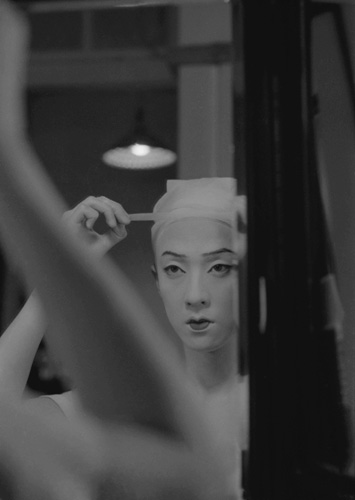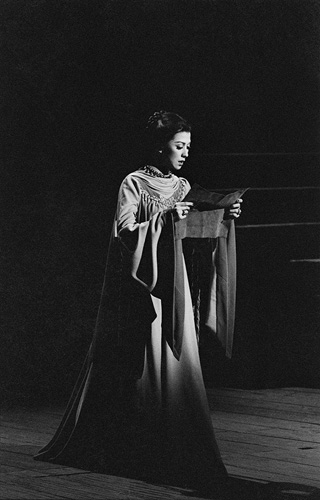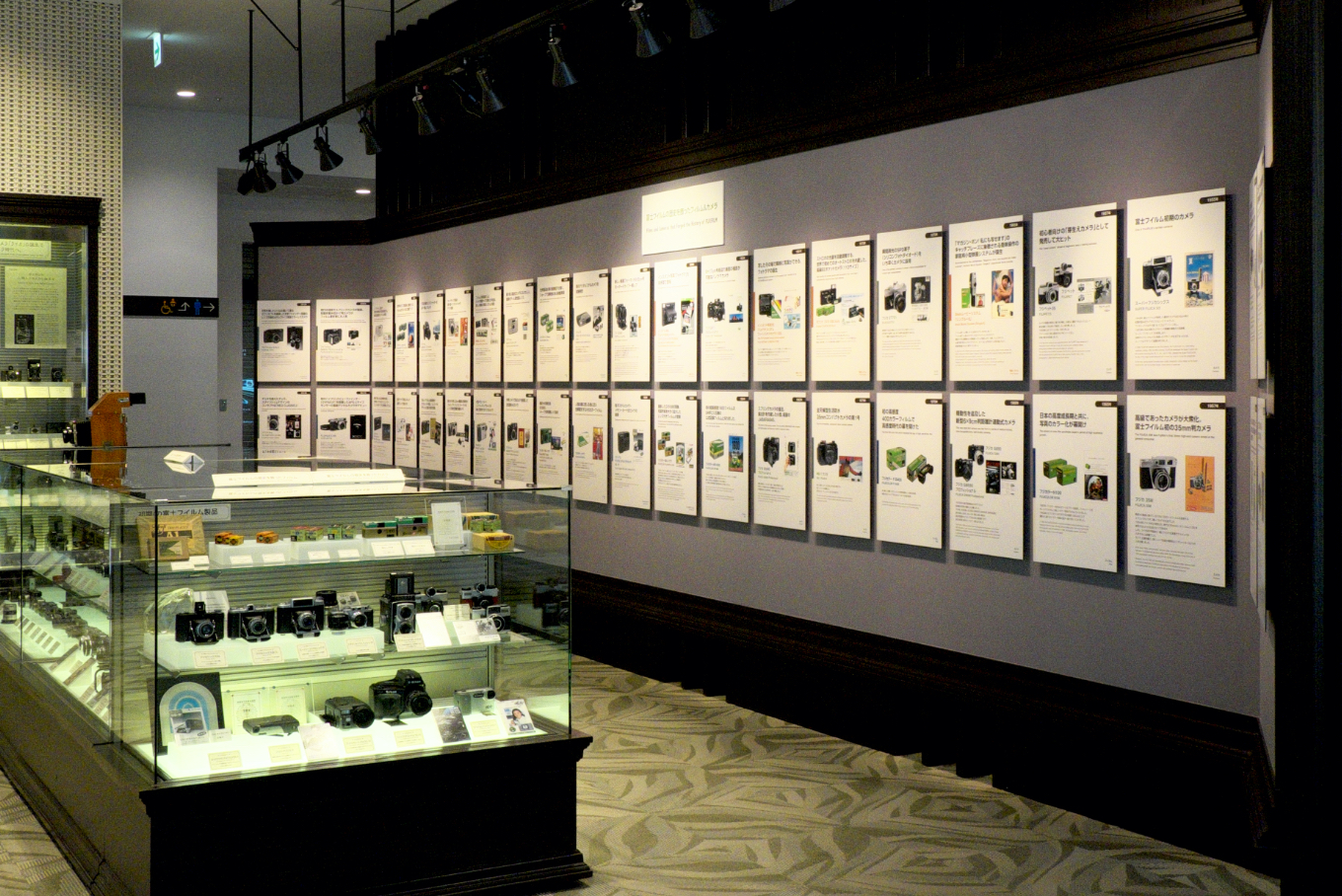Hiroh Kikai
Born in 1945 in Sagae, Yamagata Prefecture.
Kikai enrolled in the Department of Philosophy at Hosei University, where he studied under philosopher Sadayoshi Fukuda. After graduation, he began taking photographs while working at various occupations, including truck driver and crew member on a deep-sea tuna fishing boat. Pursuing his themes with uncompromising dedication, he began photographing people at Sensoji Temple in Asakusa in 1973, and also shot extensively in India and throughout Tokyo.
Major photo books include Persona, India, and Tokyo Meiro (Tokyo Labyrinth). He won the 13th Ina Nobuo Award in 1988.
He received the 23rd Domon Ken Award in 2004 for his photo book Persona. Kikai died in 2020 at the age of 75.
Message from Tamasaburo Bando V
It has been half a century since I first met Mr. Kikai. He first photographed me in Nagoya when I was in my twenties and continued to take numerous stage shots of me thereafter. The works shown here, including Tsuru no Sugomori, Kamikakete Sango Taisetsu, and Tsuya Monogatari, are especially memorable to me, particularly Tsuya Monogatari, in which I appeared at Chunichi Theatre.
Mr. Kikai frequently attended the theater and captured many wonderful moments. Seeing these photographs again brings back wonderful memories of those days.
Tamasaburo Bando V
Tamasaburo Bando V
Kabuki actor, actor, film director, and stage director. Born in Tokyo.
Tamasaburo made his stage debut in December 1957 under the name Kinoji Bando, appearing as Kotaro in Terakoya (Temple School). In 1964, he became the adopted artistic son of Morita Kanya IV, and in June of the same year assumed the name Tamasaburo Bando V, performing as Otama in Shinju Yaiba wa Kori no Tsuitachi (Love Suicides' Blade on the Icy First of the Month) and other roles.
He was designated a Living National Treasure (Holder of Important Intangible Cultural Properties) in 2012. He received the rank of Commandeur in the Ordre des Arts et des Lettres in 2013 and the Medal with Purple Ribbon in 2014.
Recognized in the kabuki world as a top onnagata (female-role specialist), Bando continues to play a leading role in the performing arts both in Japan and abroad.
Sadayoshi Fukuda
Philosopher born in 1917 in Tokyo. Died in 2002 at the age of 85.
Fukuda became a professor at Hosei University in 1948, and resigned in 1970 during campus unrest. He was known for pursuing a philosophy rooted in the sensibilities of ordinary people. As a student, Hiroh Kikai took part in weekly meetings held under Fukuda's guidance. Their mentor–mentee relationship continued until Fukuda's death, and Kikai cherished and used a camera given to him by his teacher throughout his life.




![[Image]Hiroh Kikai Photo Exhibition: Persona – Tamasaburo Bando](/assets/img/photo_event_260105_05_mv.jpg)




![[image]Hiroh Kikai](/assets/img/photo_detail_260105_05_profile.jpg)
![[image]Animal Locomotion as the Origin of Moving Images Eadweard Muybridge: The Man Obsessed with Sequence Photography](/assets/img/photo_event_251001_05.jpg)
![[image]Hiroh Kikai Photo Exhibition: Persona – Tamasaburo Bando](/assets/img/photo_event_260105_05.jpg)

